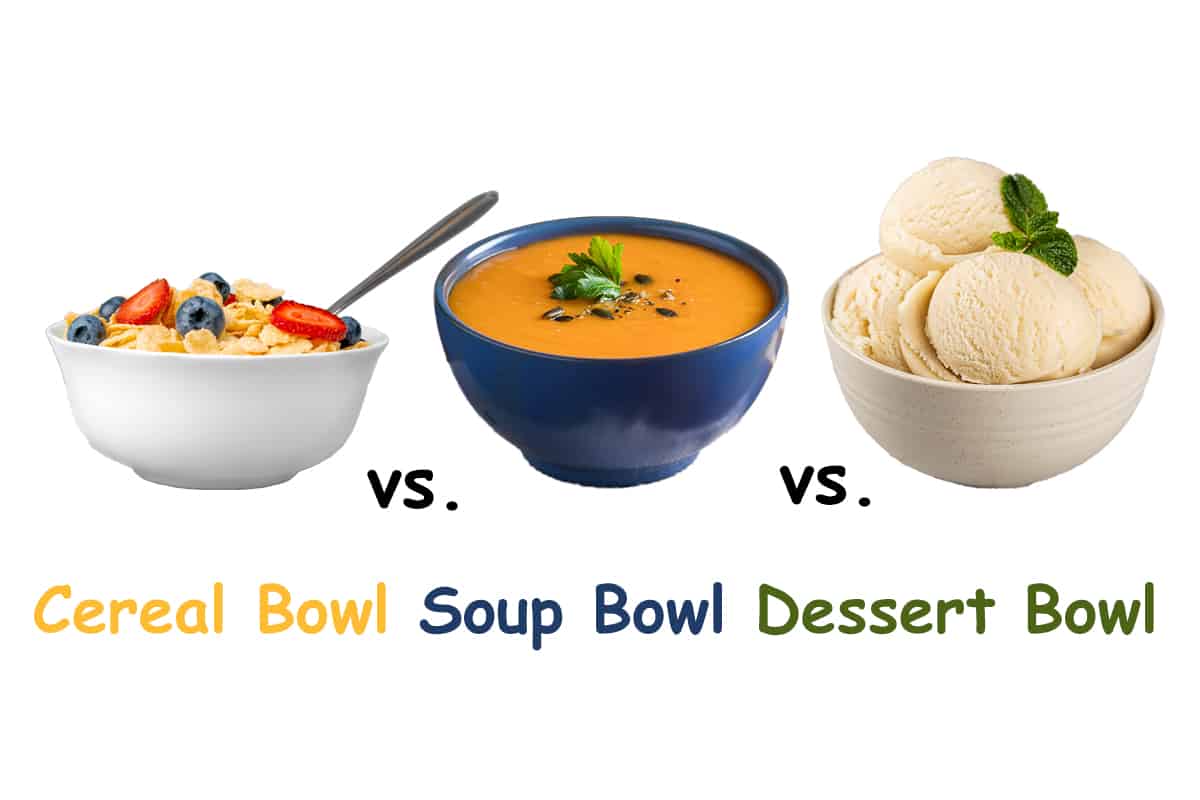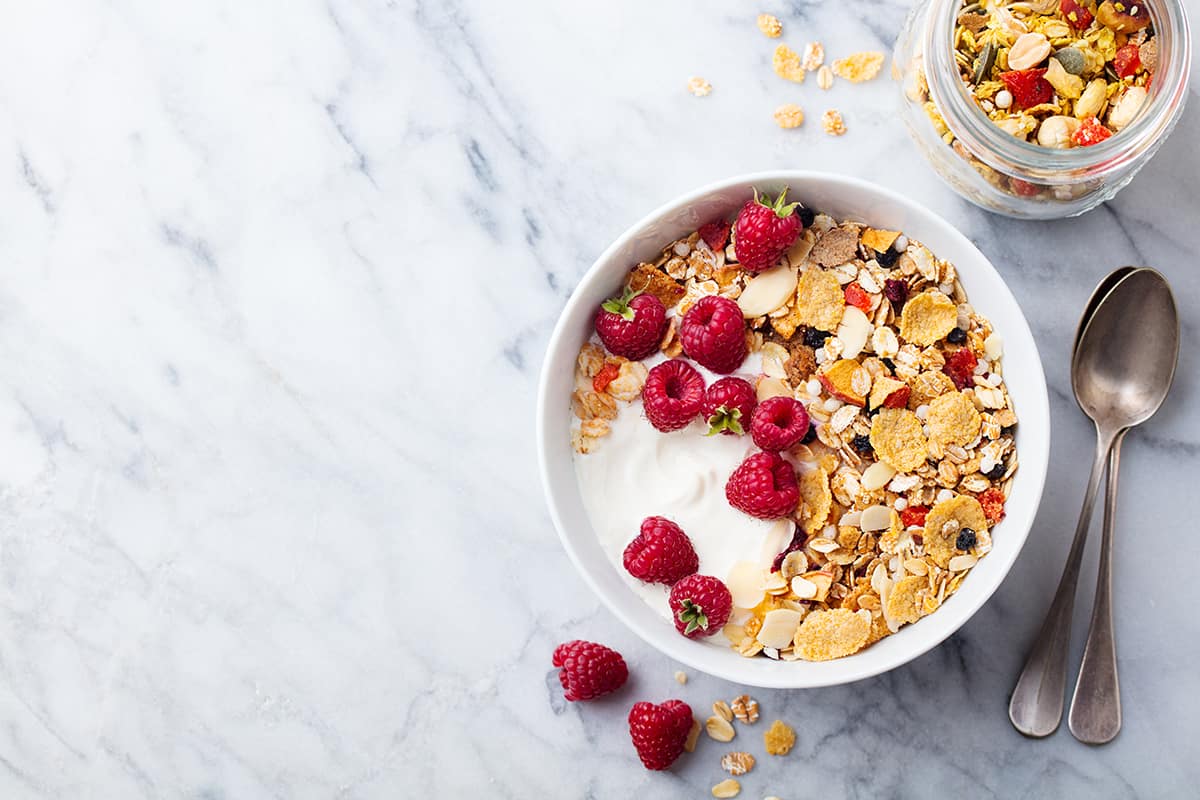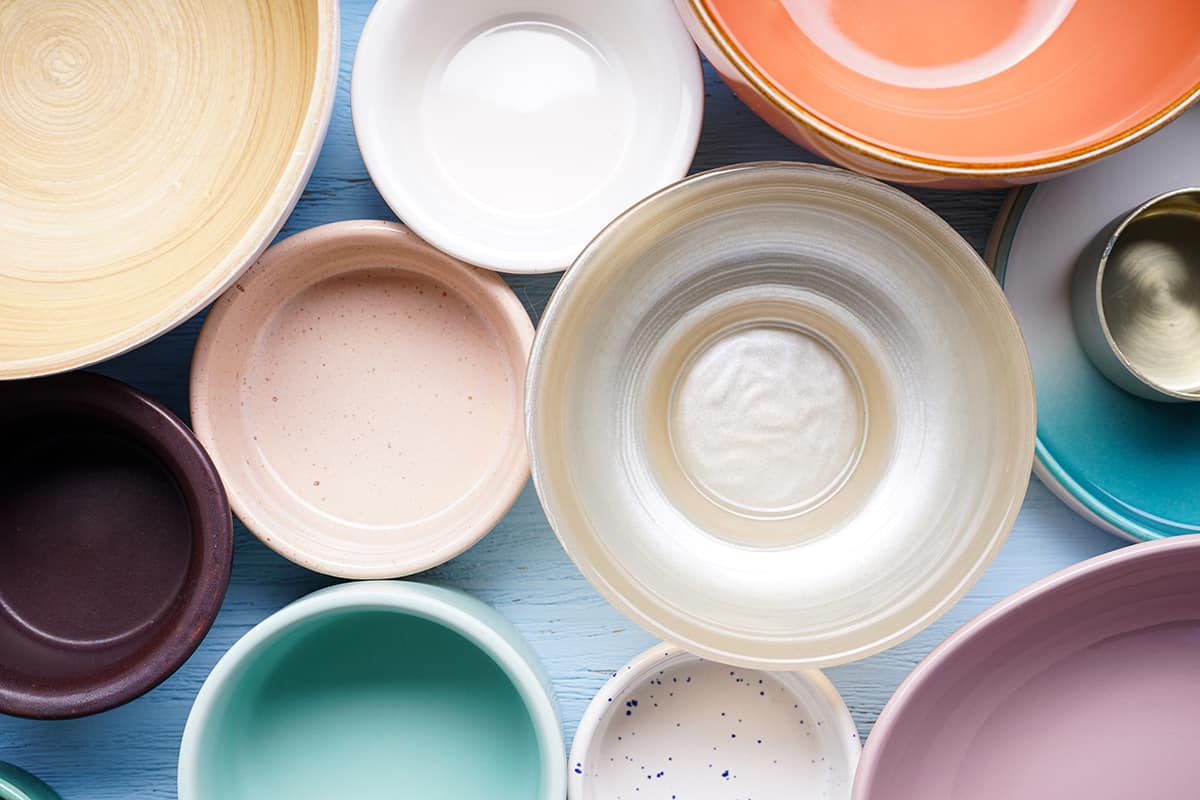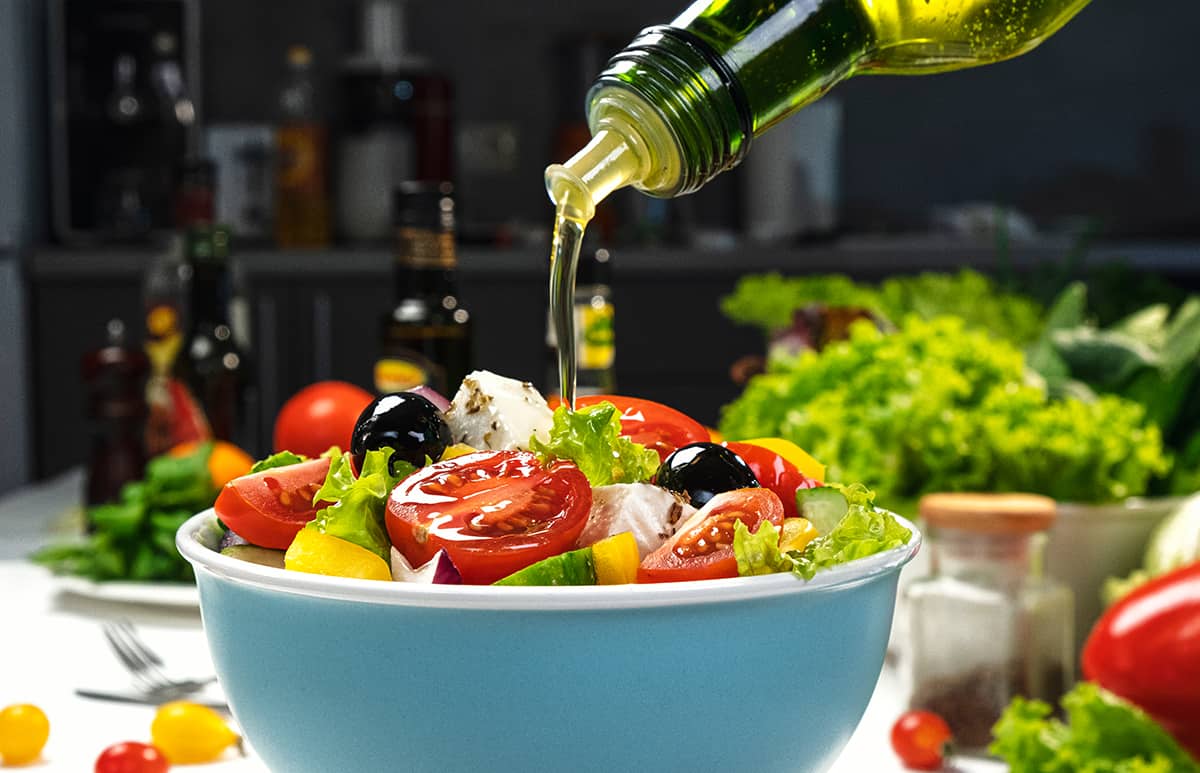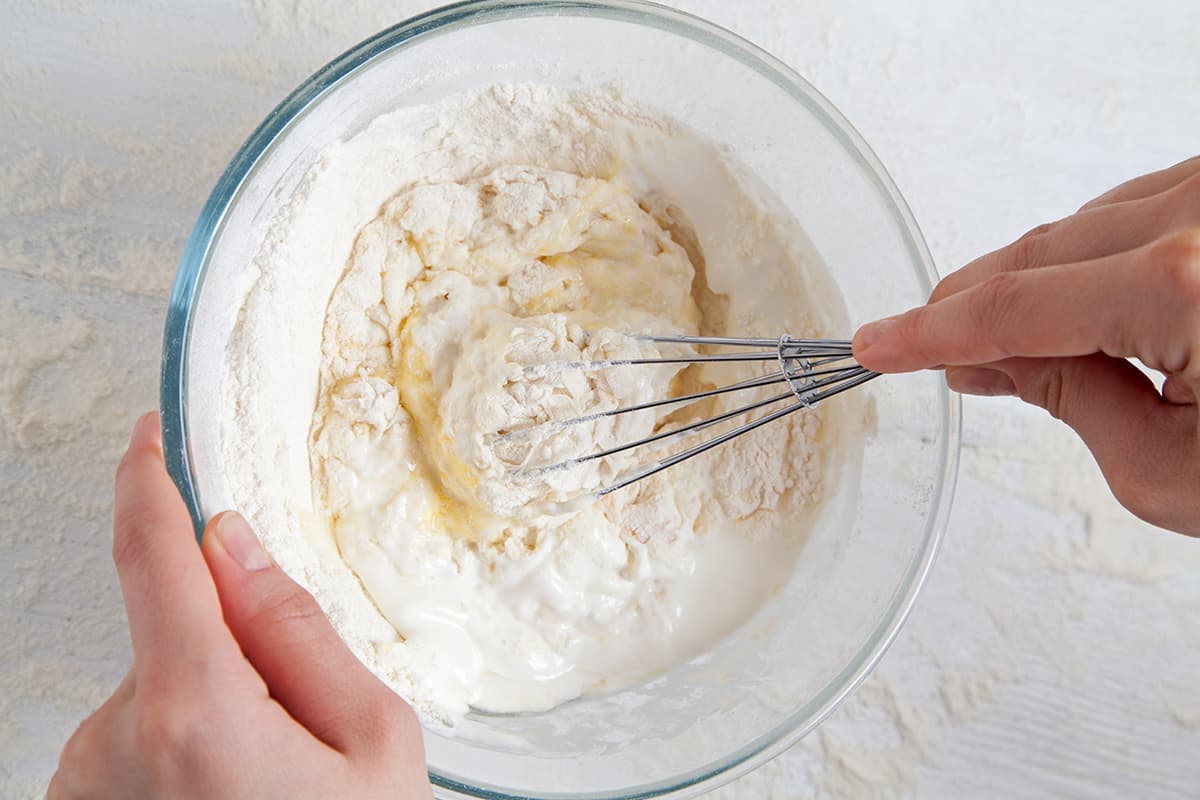If you’re hosting a formal dinner party then it’s useful to know the differences between different types of bowls, and how they should be used. Here we explore how you can identify cereal bowls, soup bowls, and dessert bowls.
Are Cereal Bowls and Soup Bowls the Same?
In formal dining, a cereal bowl and a soup bowl will not be the same and these different items are not interchangeable. A formal dining set will include soup bowls as standard, though it may not include cereal bowls since cereal is not a type of food served in formal dining. In terms of home dinnerware sets, you will commonly find a type of bowl that could double up as both a cereal bowl and a soup bowl.
This is sometimes known as a cereal-soup bowl because they are suitable for both uses. The main difference between a cereal bowl and a soup bowl is the size.
A formal soup bowl will be much wider than a cereal bowl, and it will also be quite shallow, almost like a dish with upturned edges. Meanwhile, a cereal bowl will be smaller yet much deeper. They may have a capacity for a similar amount of liquid, which is why a soup-cereal bowl can work for both uses.
Bowl Sizes
One of the key things that differentiate cereal bowls from soup bowls and dessert bowls is the size. It’s useful to know the rough sizes of these bowls so that you can identify them more easily and therefore use them correctly to serve food.
Cereal Bowl
A cereal bowl will have a typical width of between 5 and 6 inches, with a height of around 3 inches. This will accommodate approximately 14 fluid ounces of liquid when full to the brim, though of course people are not expected to entirely fill the cereal bowl with milk. Instead, a portion of around 8 fluid ounces of milk will be suitable along with a portion of cereal, preventing any spillage.
Soup Bowl
The standard size of a formal soup bowl will be around 9 inches across, with a depth of fewer than 2 inches. This type of soup bowl is designed to be used in formal settings such as high-end restaurants and fancy dinner parties. In these scenarios, the soup is not the main course, but instead will be a light starter, or it may even be offered as a prequel to a starter.
Due to this, the soup bowls do not need to hold a lot of soup. The extended width of these types of soup bowls makes them look almost like a plate, and the idea behind this is that it gives the soup more surface area which helps it to cool down more quickly. A soup course is not intended to be a long drawn-out affair, and therefore the bowl does not need to be deep to retain heat.
These traditional soup bowls are typically not used in casual home dining because they simply aren’t practical. These bowls will take up a lot of space in a kitchen cabinet, and most people don’t use them regularly enough to warrant owning them. Instead, people who do eat soup frequently are more likely to use pasta bowls or cereal bowls which will hold a greater amount of soup for a more hearty meal.
Dessert Bowl
Dessert bowls are considerably smaller than both cereal bowls and soup bowls. These will typically have a width measurement of around 4 inches, and a depth of around 3 inches. These are designed to accommodate a range of dessert types, including ice cream, trifle, jello, and mousse.
Classic dessert bowls of this size are commonly found in home settings as well as in restaurants, though they don’t generally come as standard in a dinnerware set. If you have limited storage space in your kitchen, or you prefer a minimalist attitude to kitchenware, then a cereal bowl or pasta bowl will double up nicely as a dessert bowl to eat pudding from.
Bowl Functionality
Cereal bowls, soup bowls, and dessert bowls are, of course, all designed to serve different types of food. The functions of these bowls is another key feature that determines how they look and how they perform.
Cereal Bowl
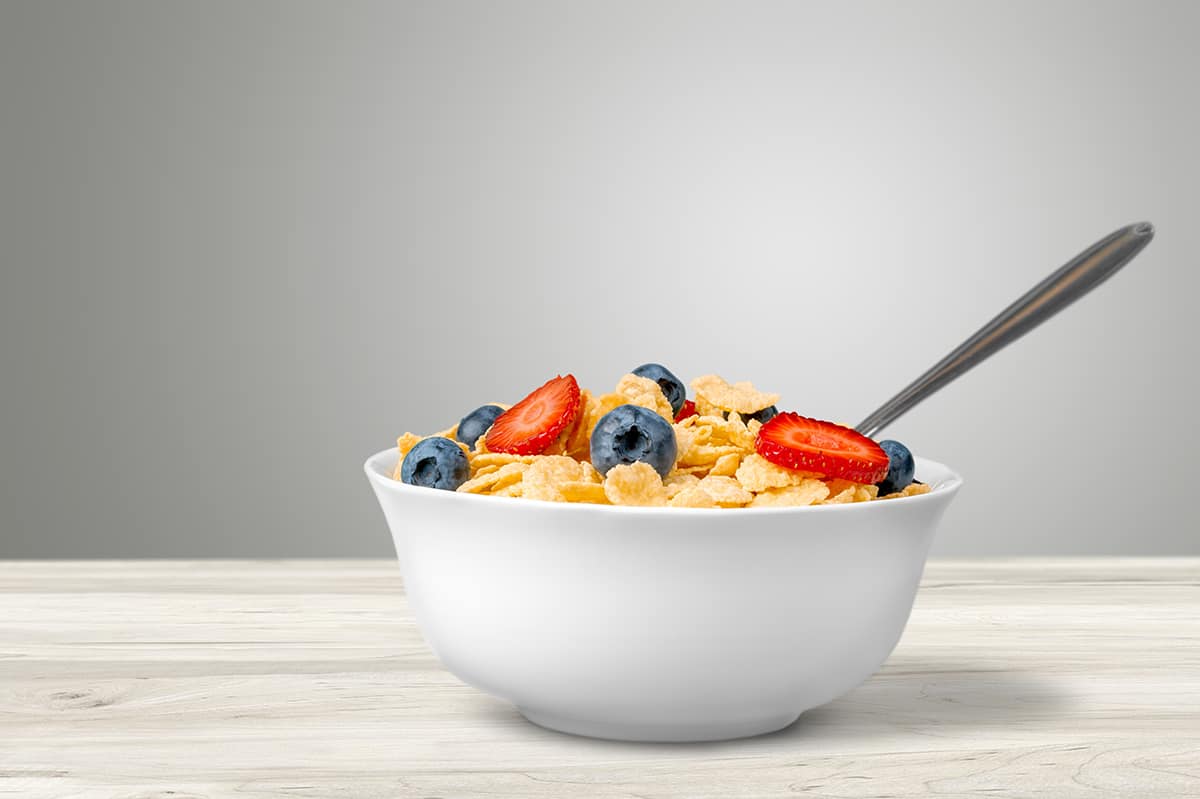
Cereal bowls have tall sides because they are intended to be used with dried cereal and milk. The tall walls mean that milk is going to be safely contained within the bowl, with a limited chance of spilling over.
Cereal bowls also have generous proportions to suit the different portion sizes that people like to enjoy for breakfast.
Soup Bowl
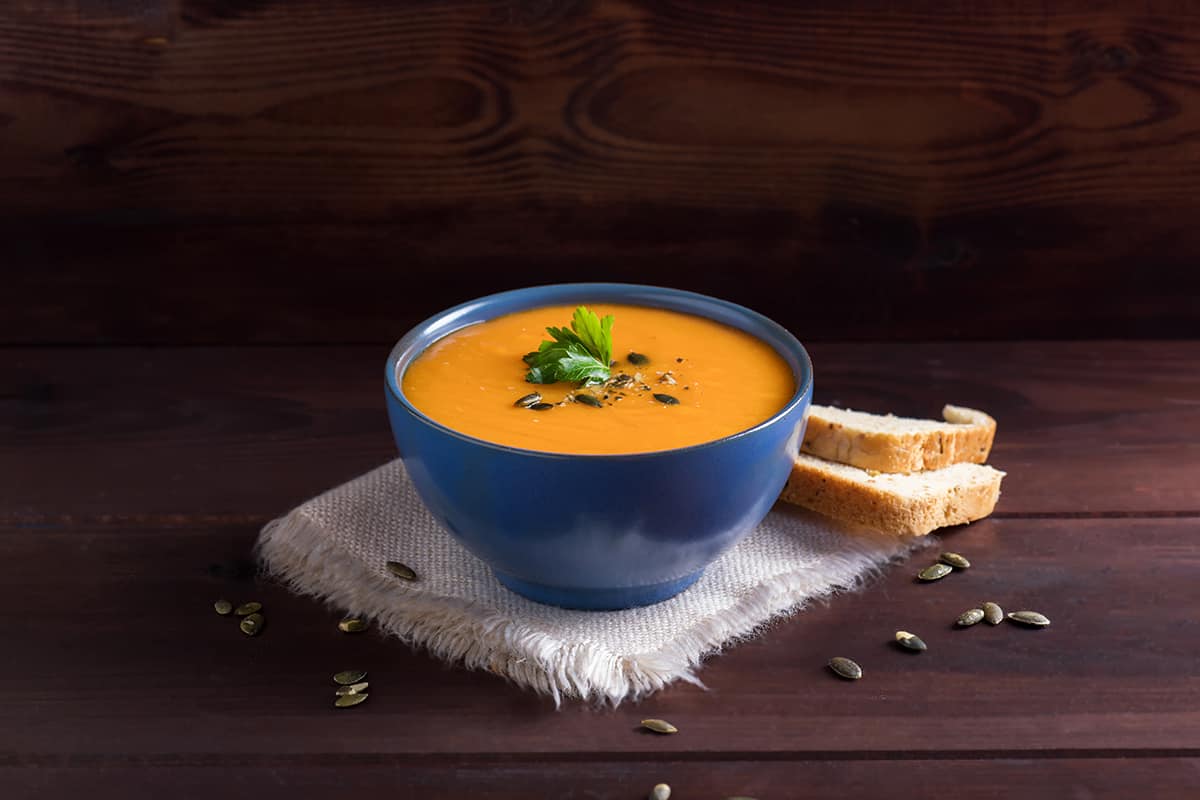
A classic soup bowl is wide and quite flat, which allows soup to cool down more quickly than if it was served in a deep bowl. The nature of a soup bowl means that a soup spoon can be used properly, at an almost parallel angle during use.
If the bowl had taller sides, then the soup spoon would be at more of a diagonal angle during use, which encourages the soup to slide off the spoon and back into the bowl.
Dessert Bowl
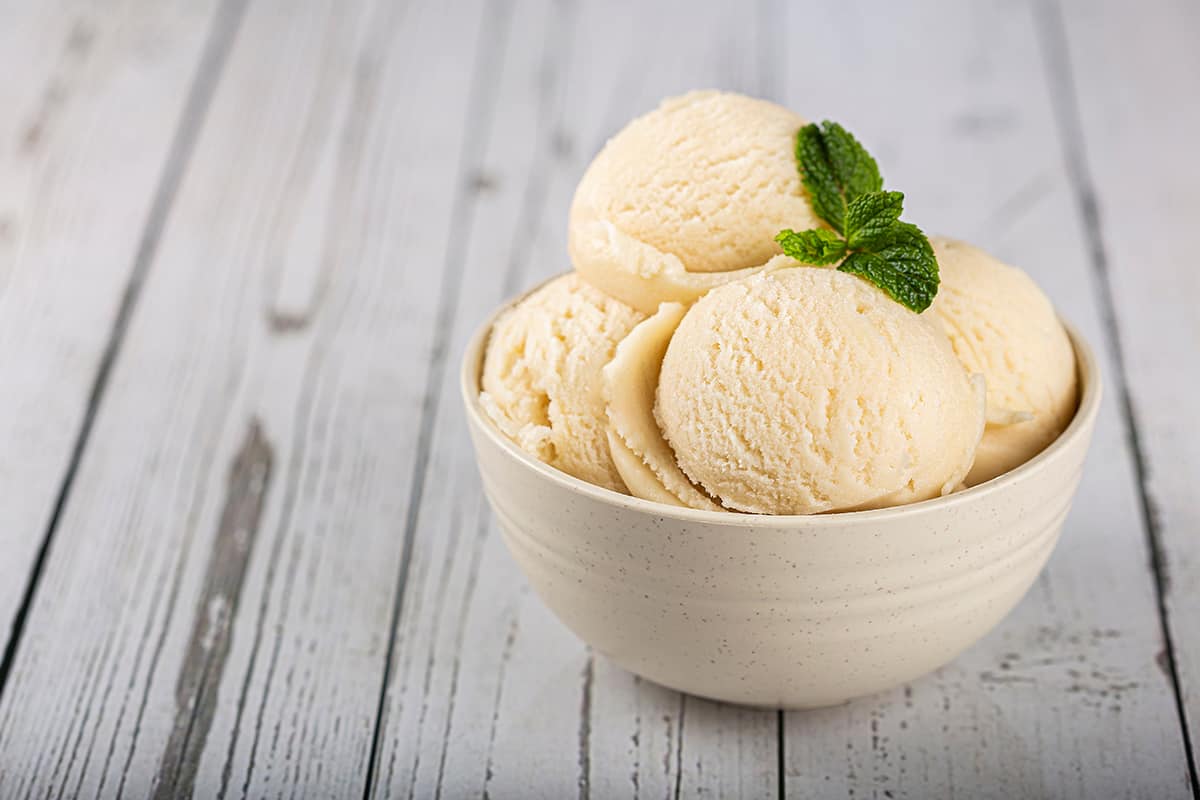
A dessert bowl has smaller dimensions than comparable bowls, because dessert portions should be smaller than other courses.
Can Cereal Bowls be Used for Pudding?
In a formal setting, such as a wedding party, it would be a faux pax to serve pudding or dessert in a cereal bowl. From a practical perspective, cereal bowls have generous proportions, and a standard portion of dessert would look meager in a deep cereal bowl.
However, in casual restaurants or in homes, you will often find a cereal bowl (or a pasta bowl) doubling up as a bowl for pudding. You could use a cereal bowl for ice cream if you want to enjoy a large portion, or you could serve a dessert to share in one of these bowls.
Are Bowls in the Kitchen Interchangeable?
The short answer here is, ‘yes’. Most people have bowls in their kitchen cabinets which they use for a number of purposes. This is because having a wide range of bowls might not make financial sense for some people when essentially all a bowl needs to do is hold the food you are eating.
If you don’t have excess of storage space, then you may also prefer to make your bowls multifunctional, rather than having a hoard of different bowls taking up space in the kitchen cabinets.
What Else can Dessert Bowls be Used For?
If you have a set of dessert bowls then you don’t need to save them just for serving pudding in. These bowls are also an ideal size to serve smaller portions of food in for people who don’t eat a lot, such as children or elderly people. Dessert bowls can also be used for salsa, dip, or hummus when set in the middle of a dining table alongside crudités and crackers.
They will offer a more generous portion of a dip compared with a ramekin, and their wider sides mean you can dip in more chunky crackers. You could also use dessert bowls to serve small portions of nibbles on a table where people can help themselves. Examples of this include olives, nuts, potato chips, and edamame.
